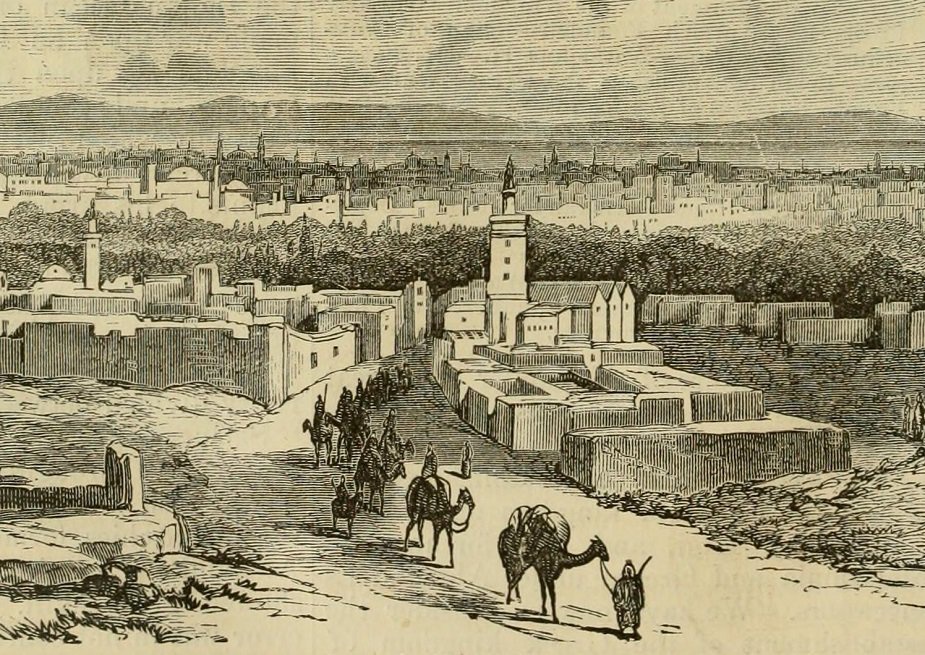The British travel writer Mark Sykes (of Sykes-Picot), a great fan of the Turks, spent years travelling through the hinterland of Turkey in Asia. Here is a piece he wrote a century ago on the public works on the road from Diyarbekir to Mardin, in what is now southern Turkey.
The road is a good example of the impressionist style of engineering, in which the (Turkish Government’s long distance roads) excel. The artistic way in which a bridge is suggested by five stones in the middle of a river, the subtle insinuation of a made road by ten yards of pavement in the centre of a boundless plain, the carefully considered gradients which exist on the gentle slopes and are conspicuous by their absence on the steep hills cannot fail to fill the observer with admiration for the ingeniousness of the designers and workmen.
(end of sarcasm:) The inhabitants (of Mardin) are among the cleverest masons in Turkey: every house of consequence is not only well built, but nobly designed and delicately ornamented, the architects being common workmen, uneducated and poor… It is strange that an ignorant peasant should be able to conceive original plans, and intuitively to know the exact amount of ornamentation required to beautify without overloading. Yet the artistic masons of Mardin by no means fulfil the Ruskin ideal, for on being questioned they stated that they not only detested the work, but would willingly undertake any other kind of business if they could.

(in the Jezira:) We passed several ruined villages, and it would be as well here to notice that ruined villages in Turkey in Asia do not necessarily mean a state of things worse than when those villages were inhabited. Murray’s ‘Handbook to Syria’ (1858) says, with a throb in its voice, ‘Syria is a land of ruins, and its ruins are increasing every day.’ Of course they are; but the handbook does not explain that people in Turkey, especially Kurd and Arab, in whom the nomadic instinct still remains, will move off on the very slightest pretext and build another collection of huts two miles farther on… in Syria every stone has an interest, every hill has been trodden into paths, man has left his marks on every rock; the very caverns are inhabited by troglodytes; and every stage of early society is to be seen—the cave-dweller, the villager, the townsman… The road from Damascus to Aleppo has seen nations rise and fall, vanish, revive, and die out; many have trodden its dusty paths, and there are more to come.